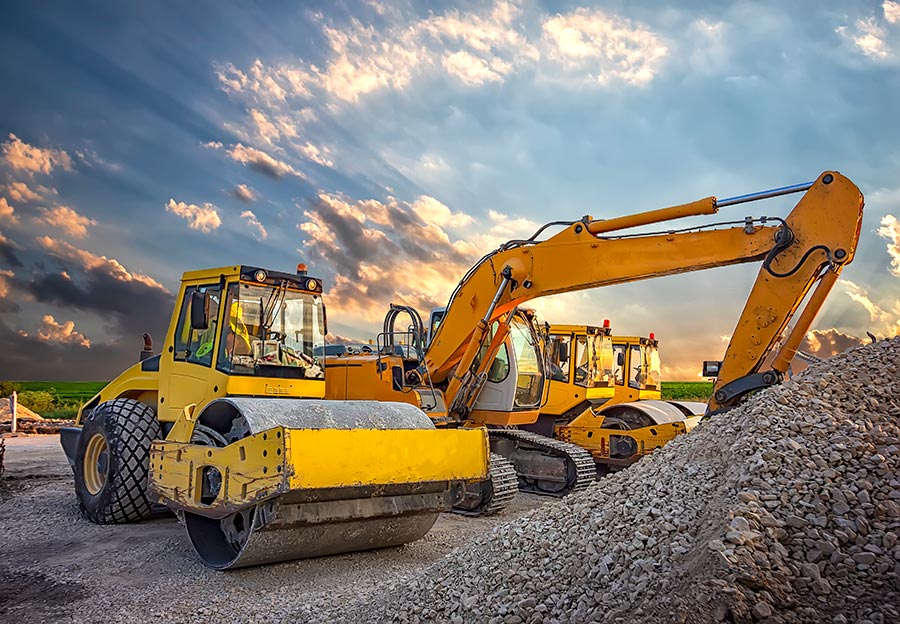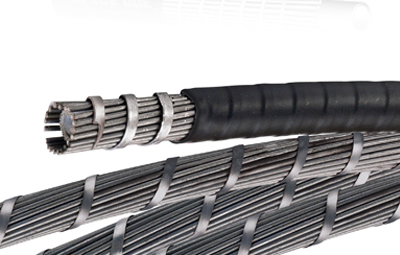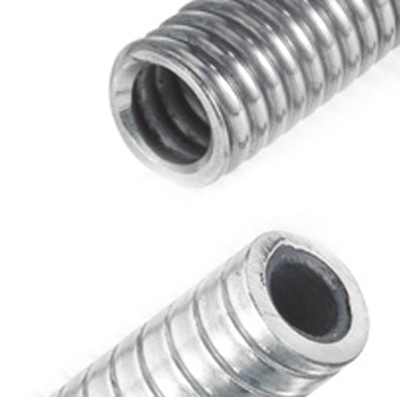
Pull cables are also known as classic Bowden cables, but in practice this usually means Bowden cables which are exposed to high forces and harder environmental influences than the simple Bowden cable. To form a mental demarcation, it could be said that “simple” Bowden cables are used on bicycles, for example, and pull-cables on construction and agricultural machinery. The pull-cables are represented in a variety of industries. They are used, for example, in:
>> Locking devices
>> Activities
>> Brakes
>> Decoupling
>> Unlocks
>> Gas actuations
>> Graduated fine adjustments
>> Adjustment mechanisms
>> Couplings
>> Emergency release mechanisms
>> Circuits
>> Block
>> Controls
>> Infinitely variable fine adjustments
>> Opening and locking mechanisms

Description:
Bowden cable is a synonymous term that describes the actual designs of this form of mechanical remote controls. In practice, however, a Bowden cable is usually understood to be a mechanical remote control as used for example in bicycle brakes. This is the “simplest” form of Bowden cable. Therefore, we have divided the different types into the product categories Bowden cables, flexible shafts, push-pull cables and cable pulls.
The construction is equivalent to the construction of the Bowden cables usually consist of a guide sleeve, also called outer sleeve, guide tube or jacket. This can be made of pure plastic such as PE, PA or POM. But often the guide sheath is a multi-layer construction.
This multi-layer construction consists of the inner tube, a wire mesh that surrounds the inner tube and a plastic cover layer that protects the construction from environmental influences.
Technical construction:
The inner tube made of plastic serves to guide the inner cable (rope, wire or strand) and prevents the metal from rubbing against metal. This guide tube is reinforced with a metal wire to absorb higher forces and increase the service life of the Bowden cable. The metal wire can consist of round wires or flat wires.

Key technical data:
In practice the following standards have emerged.
| Outer diameter of the sheath: | from 5 - 10 mm, construction is possible in galvanized steel and stainless steel |
| Outer diameter of the inner cable (wire rope): | 1.5 - 5 mm; cable construction: 1x7, 1x19, 7x7, 7x19; design of the cable is possible in galvanized steel and stainless steel |
| Force absorption: | 5 - 10,000 Newton on pull, push-pull cables can transmit push forces of up to 6,000 Newton are possible |
| Temperatures: | -50°C to + 100°C (permanent); up to 180°C possible |
| Bending radii: | from 30 mm |
| Efficiency: | from factor 1.1 for a 180° installation to factor 1.9 for a 720° installation |
Advantages of the Bowden cable immediately:
>> High efficiency
>> Complex installation possible
>> Very robust
>> Long service life
>> No maintenance necessary
>> Absorbs high environmental pollution
>> High modularity
Special solutions, which negate the above-mentioned values are of course possible, just contact us and we will support you with a specific solution.











